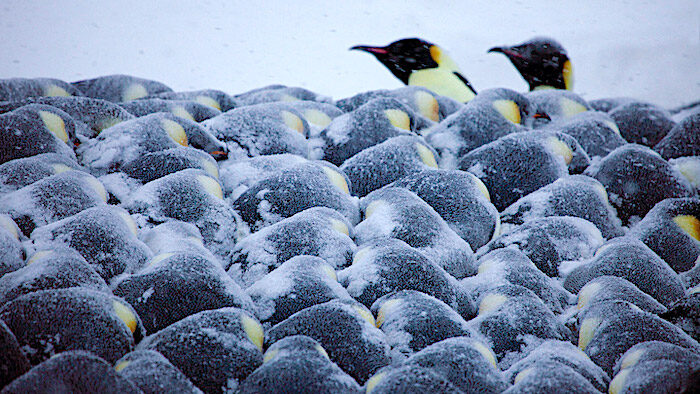
"A penguin huddle looks like organized chaos," said François Blanchette, a mathematician at the University of California, Merced. "Every penguin acts individually, but the end result is an equitable heat distribution for the whole community."
It turns out that penguins execute their huddles with a high degree of mathematical efficiency, as Blanchette and his team discovered. More recently, Daniel Zitterbart, a physicist at Woods Hole Oceanographic Institution, helped develop and install high-resolution cameras to observe undisturbed huddling behavior. Zitterbart's team recently discovered which conditions cause penguins to huddle, and they are investigating the possibility that the penguins' mathematical behavior may reveal secrets about colony health over time.

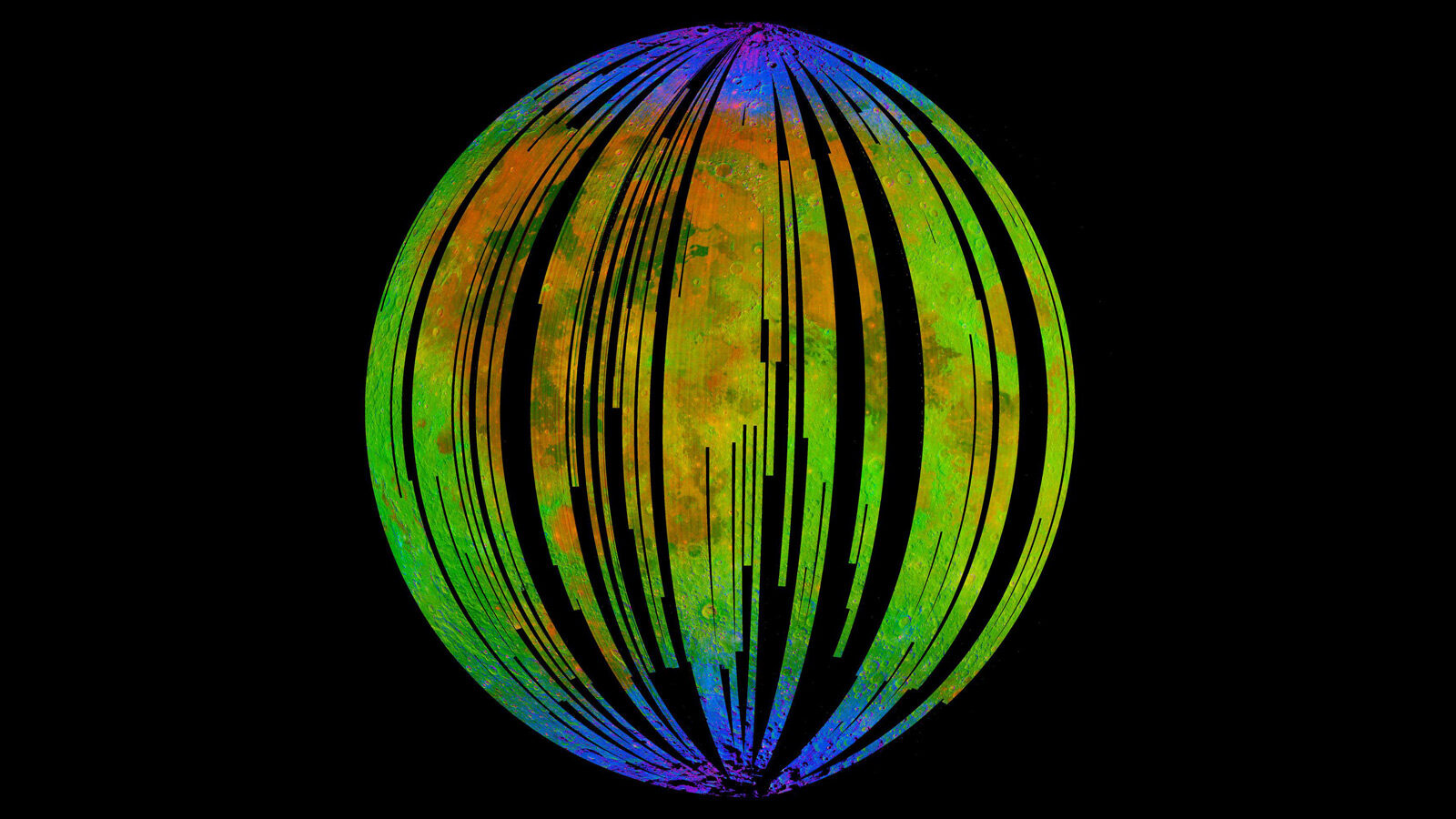
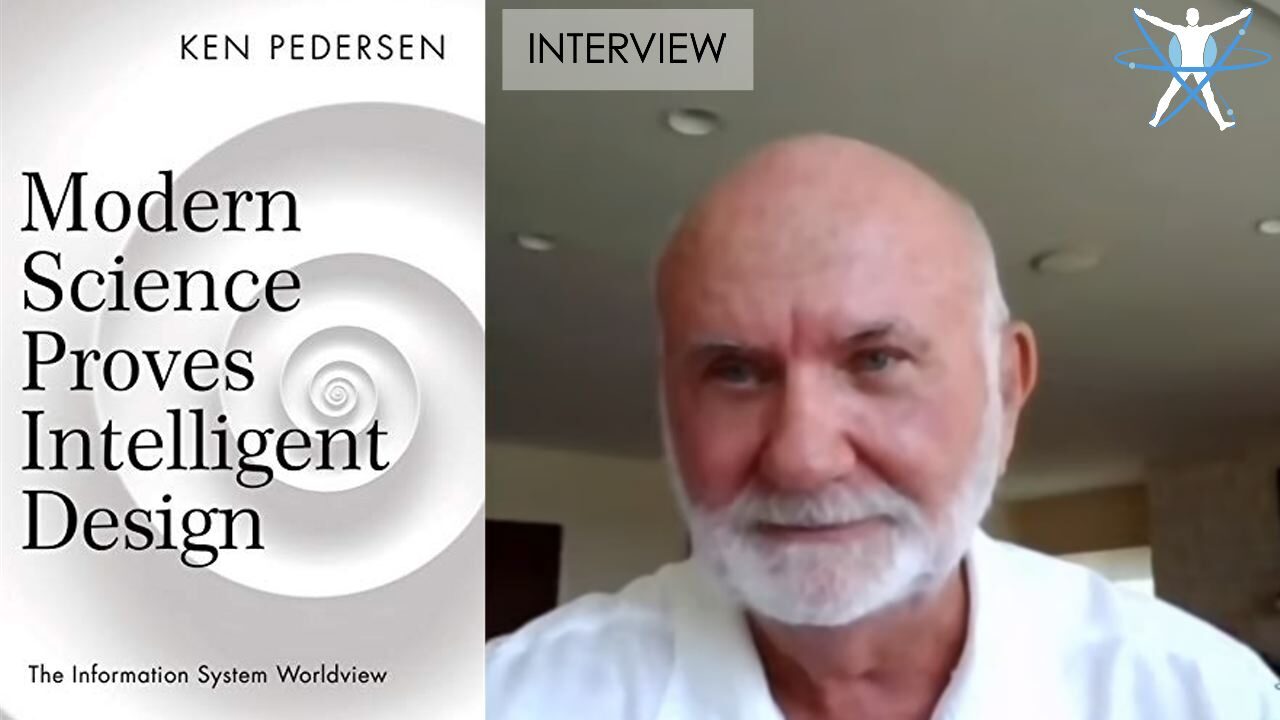
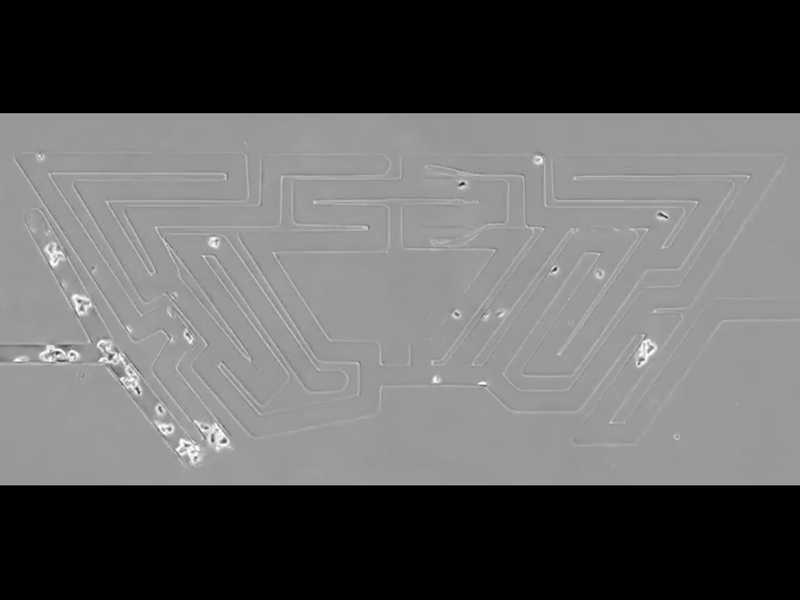


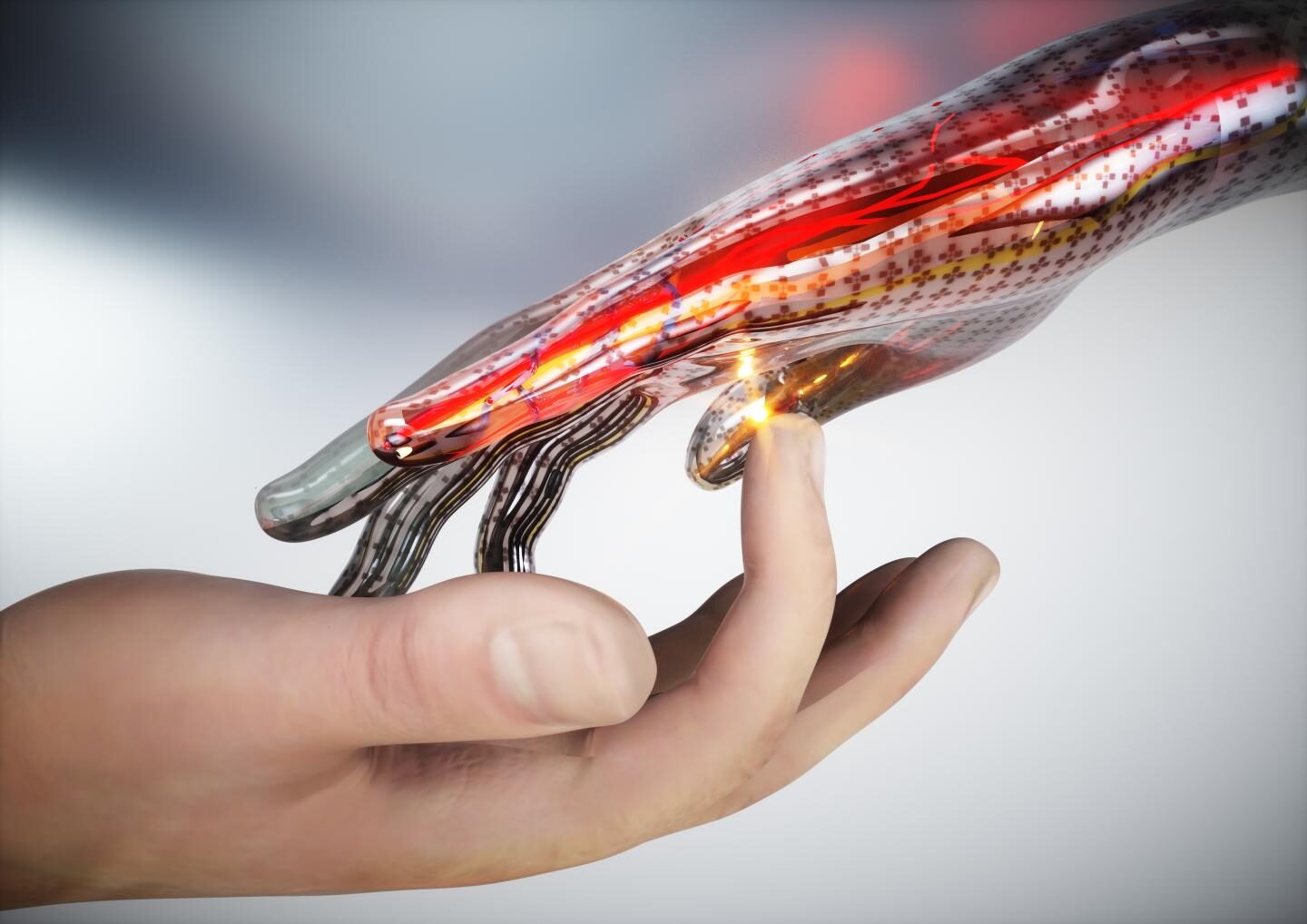


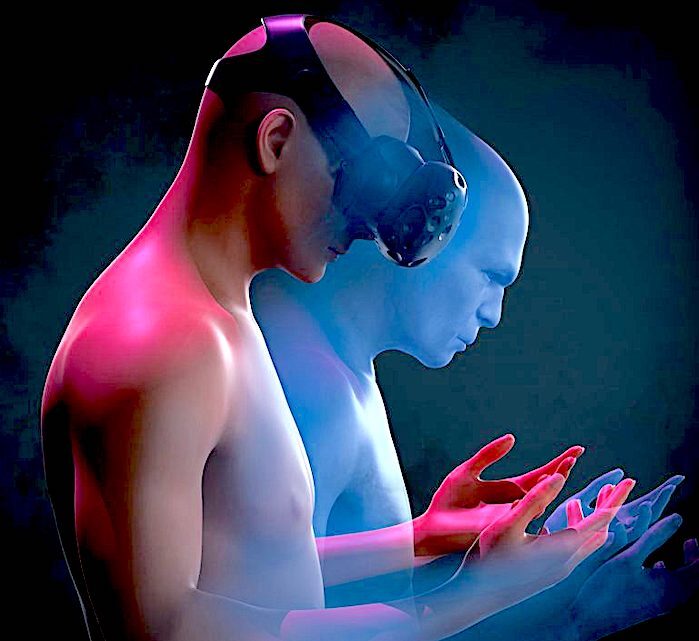
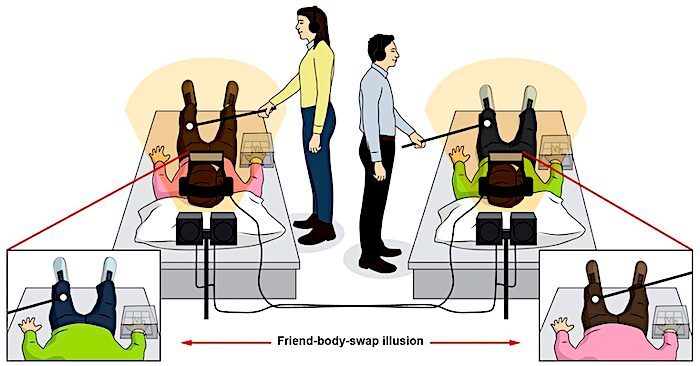



Comment: See also:
- Did Earth 'Steal' Martian Water?
- Unexpected metal on moon could signal close connection with early earth
- Water in Saturn's rings surprisingly like that on Earth, except for moon Phoebe
And check out SOTT radio's: